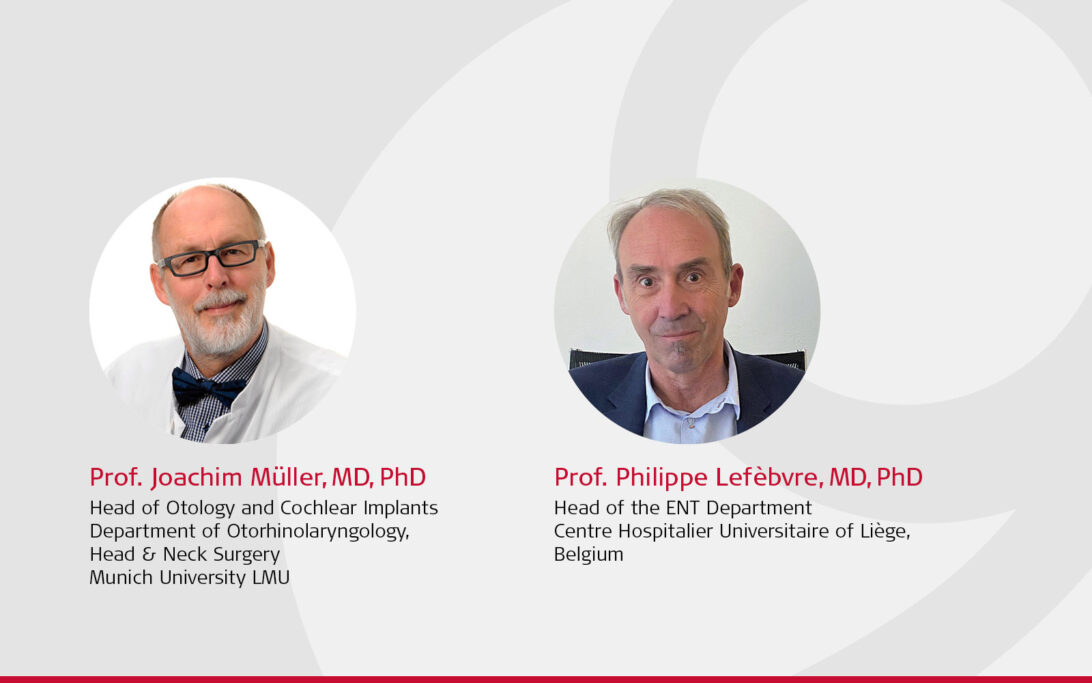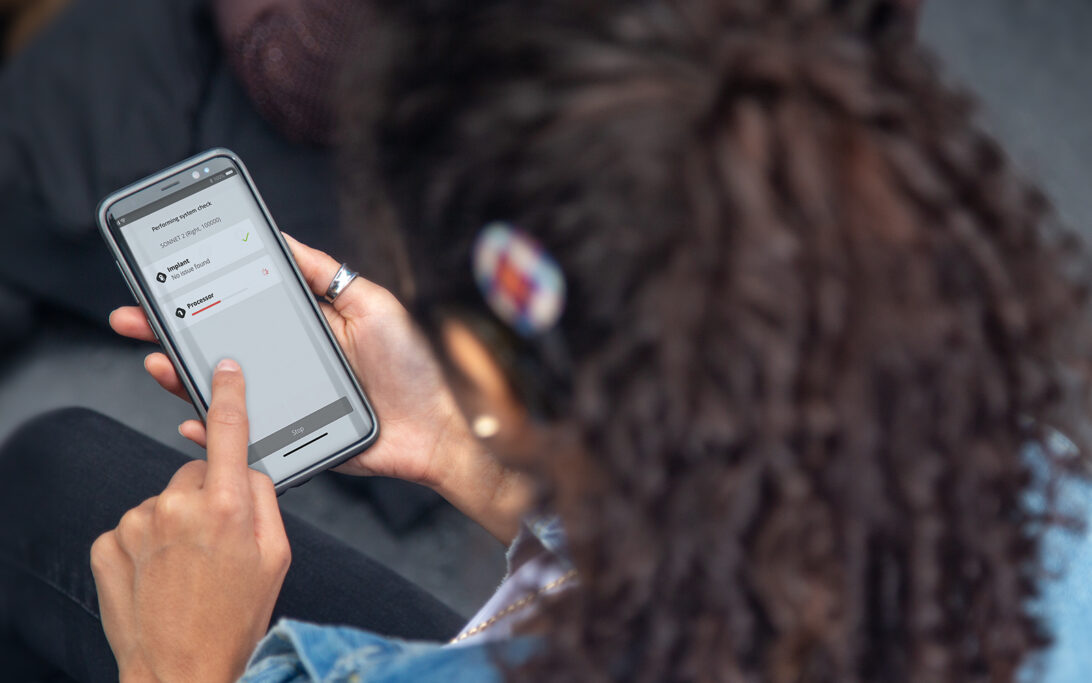Cochlear Implantation Outcomes in Adults With Unilateral Deafness: Speech Perception, Tinnitus, Sound Localization, and Quality of Life
Cochlear implantation has been shown to improve not only the hearing of thousands of patients with unilateral deafness, but growing evidence now shows that many SSD (single-sided deafness) CI (cochlear implant) users also benefit from improved tinnitus control, sound localization, and quality of life. This article summarizes key findings from recent publications, including systematic literature reviews, meta-analyses, and clinical considerations—that, for the first time, were able to draw on data from a large number of adult SSD-CI patients.


.png)




